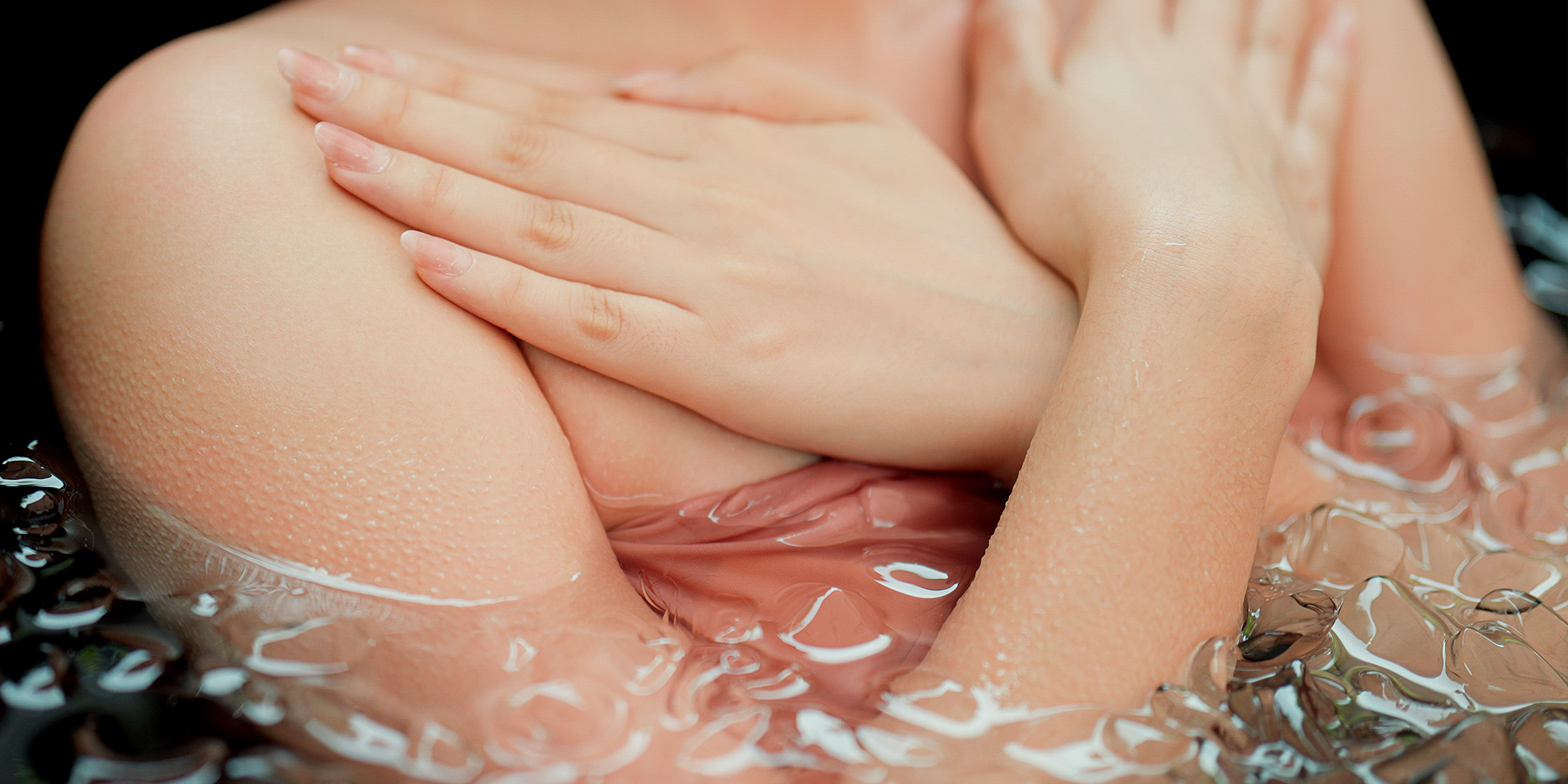
Cold Plunge: Is It Safe and Is It Worth It?
Cold plunges have quickly become one of wellness culture's most popular trends, with everyone from athletes to celebrities swearing by the icy dip's supposed benefits. If you're tempted to try it out yourself, here's what you need to know.
Cold plunges — yet another wellness trend that has dominated social media — are everywhere. You may have seen athletes Cristiano Ronaldo and LeBron James, or celebrities such as Kim Kardashian and Drake, or even regular people submerging themselves neck-deep in tubs filled to the brim with icy water.

A woman submerged in an ice bath | Source: Getty Images
Also known as cold therapy or cold-water immersion, this practice is said to do wonders for your immune system. While research has shown that cold plunges might not be as beneficial as previously thought, many medical professionals who work with professional athletes still find them useful.
But before you dive in, here's what to know about them, how to do them safely, and how to ensure you're not at risk for adverse effects.
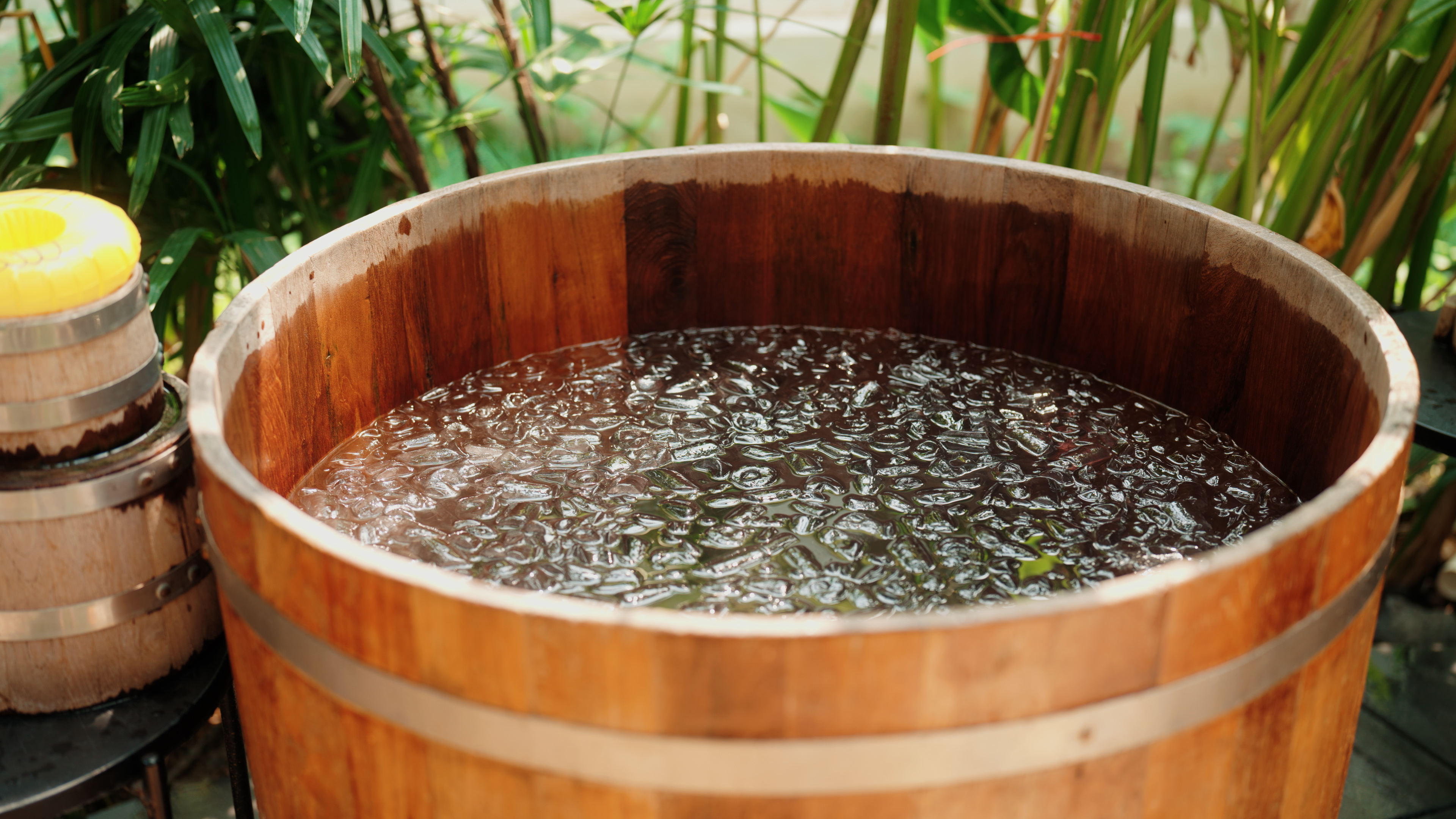
An ice barrel filled with ice water | Source: Getty Images
What Is a Cold Plunge?
As the name suggests, a cold plunge involves briefly submerging yourself in an ice bath or cold water — typically around 50 degrees Fahrenheit — for anywhere between 30 seconds and a few minutes.
"You can create an ice bath by filling a bathtub halfway with cold water and then adding three large bags of commercial ice," sports medicine physician Dominic King, DO, tells Cleveland Clinic. "Or use a smaller container to focus on a smaller part of the body, such as the elbow."
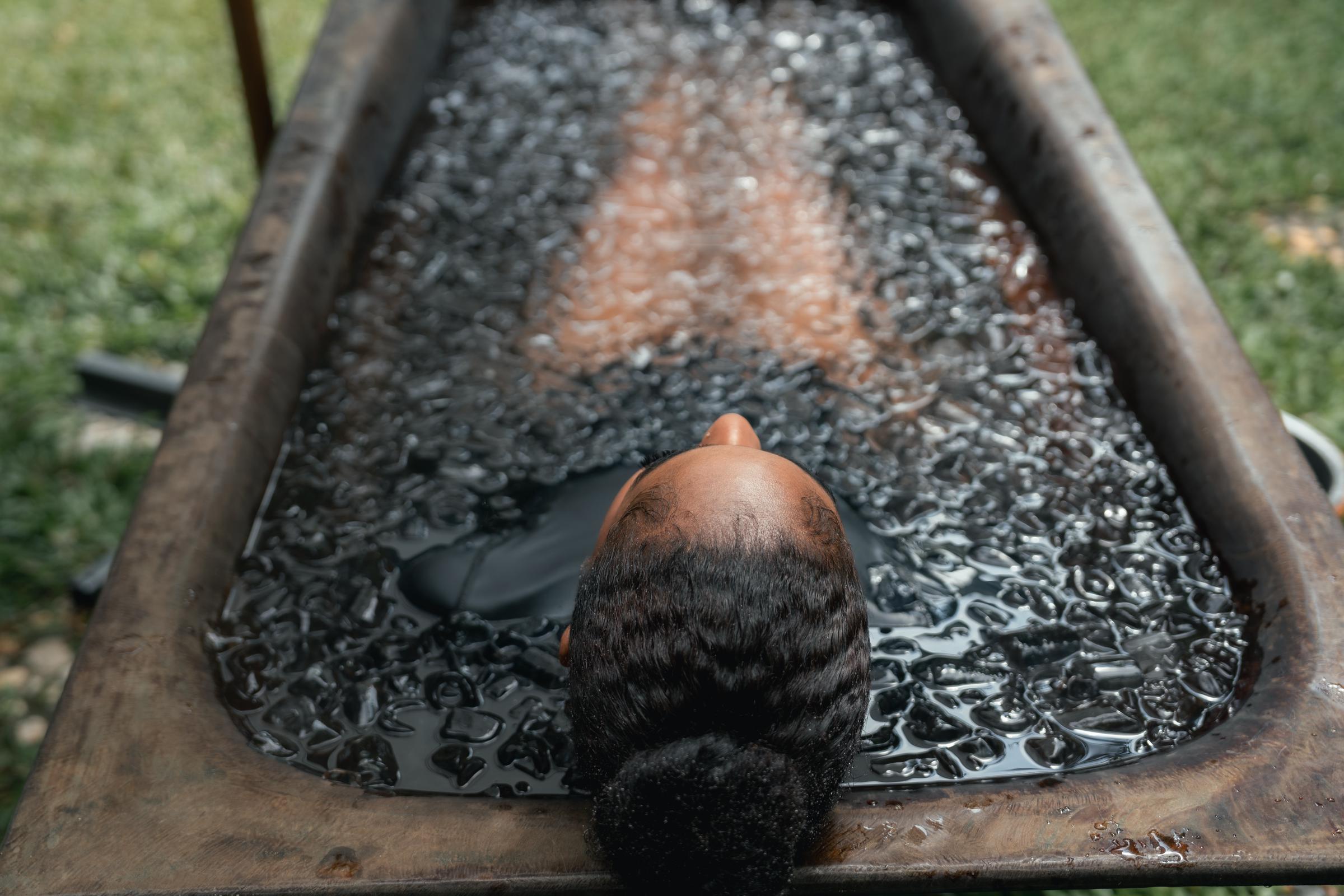
A woman submerged in ice water | Source: Getty Images
Some people use collapsible cold plunge tubs, which can be purchased online. Others prefer a more natural setting, taking cold dips in frozen lakes or rivers. Cold plunge pools can also be found in gyms, wellness resorts, and even hotels.
If you’re new to cold plunges, Dr. King recommends starting at around 68 degrees Fahrenheit and gradually lowering the temperature over time. It’s also best to keep your first plunges short — 30 seconds to a minute — and slowly increase the duration as your body adjusts.
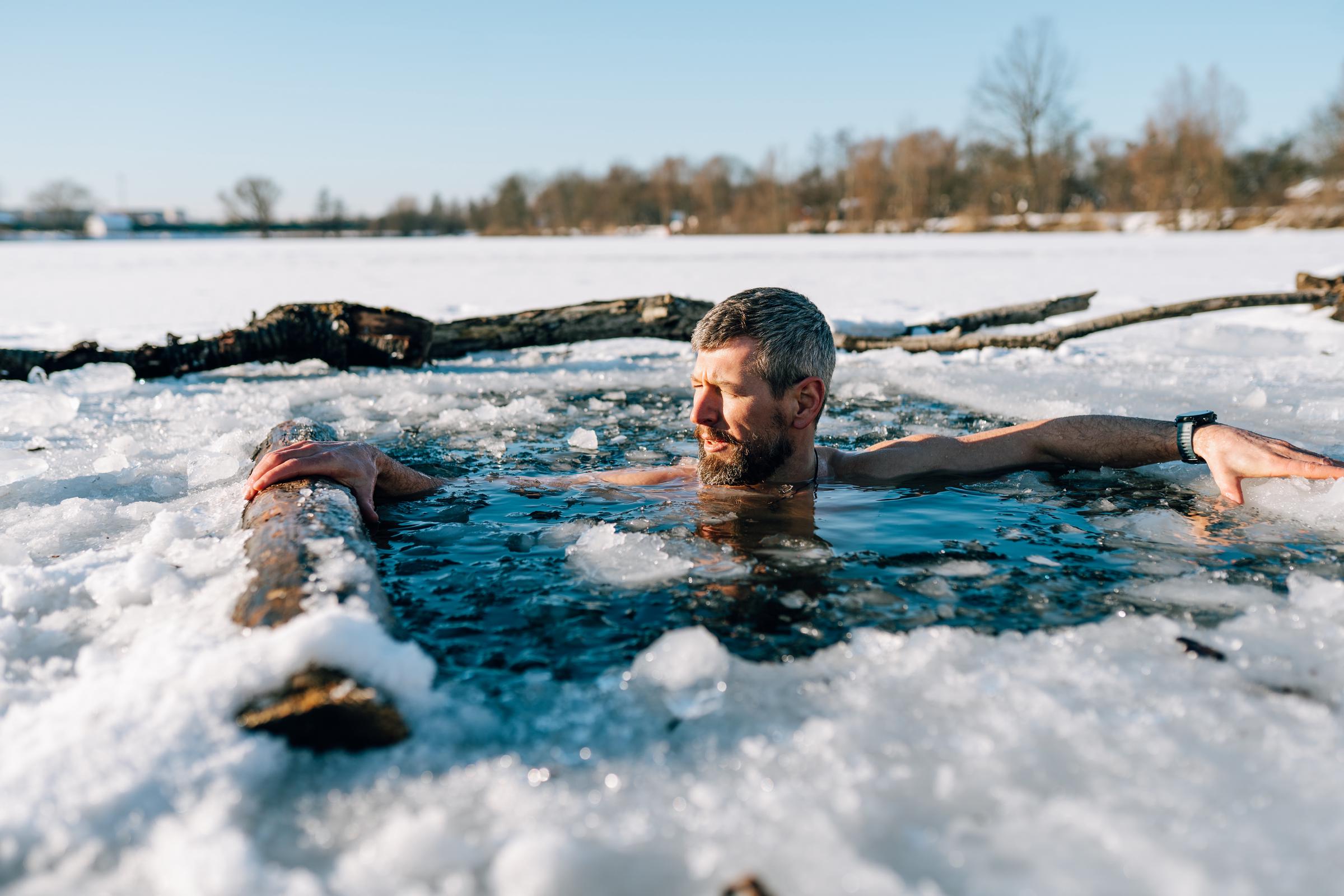
A man immerses himself in a cold lake during winter | Source: Getty Images
What Are the Possible Benefits of a Cold Plunge?
While cold plunges may seem like a modern craze, they’re not new. The practice dates back to ancient Greece, where it was believed to help retain strength and vitality. In addition to therapy, cold immersion was also used for relaxation and socialization. The suggested benefits include:
- Better sleep
- Improved focus
- Decreased inflammation
- Enhanced immune system
- Improved heart health
- Boosted metabolism
- Better insulin sensitivity
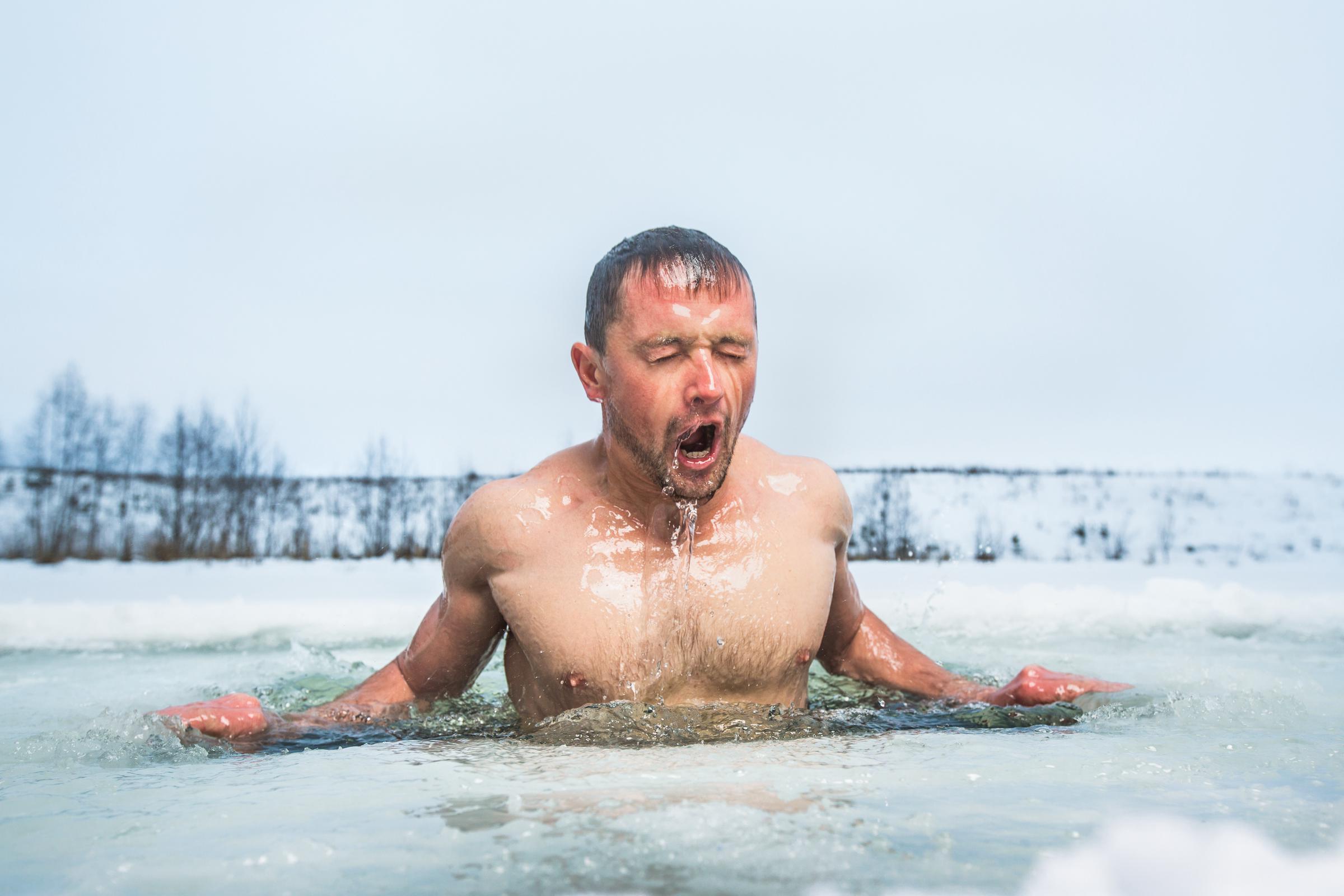
A man emerging from an ice hole in a lake | Source: Getty Images
For athletes or fitness enthusiasts, cold-water immersion can help ease sore muscles and aid recovery. The cold constricts blood vessels, slowing circulation and reducing the swelling and soreness that follow intense workouts or sports.
It’s important, however, to listen to your body and recognize the difference between regular post-workout soreness and actual pain. If you have an underlying injury, a cold plunge won’t solve it.
Additionally, cold-water therapy can help lower your core temperature when needed. "In sports medicine, ice baths are used for marathon runners and others who are experiencing heat injuries," Dr. King explains. "We use it as an emergency treatment in the field to bring down their core temperature."
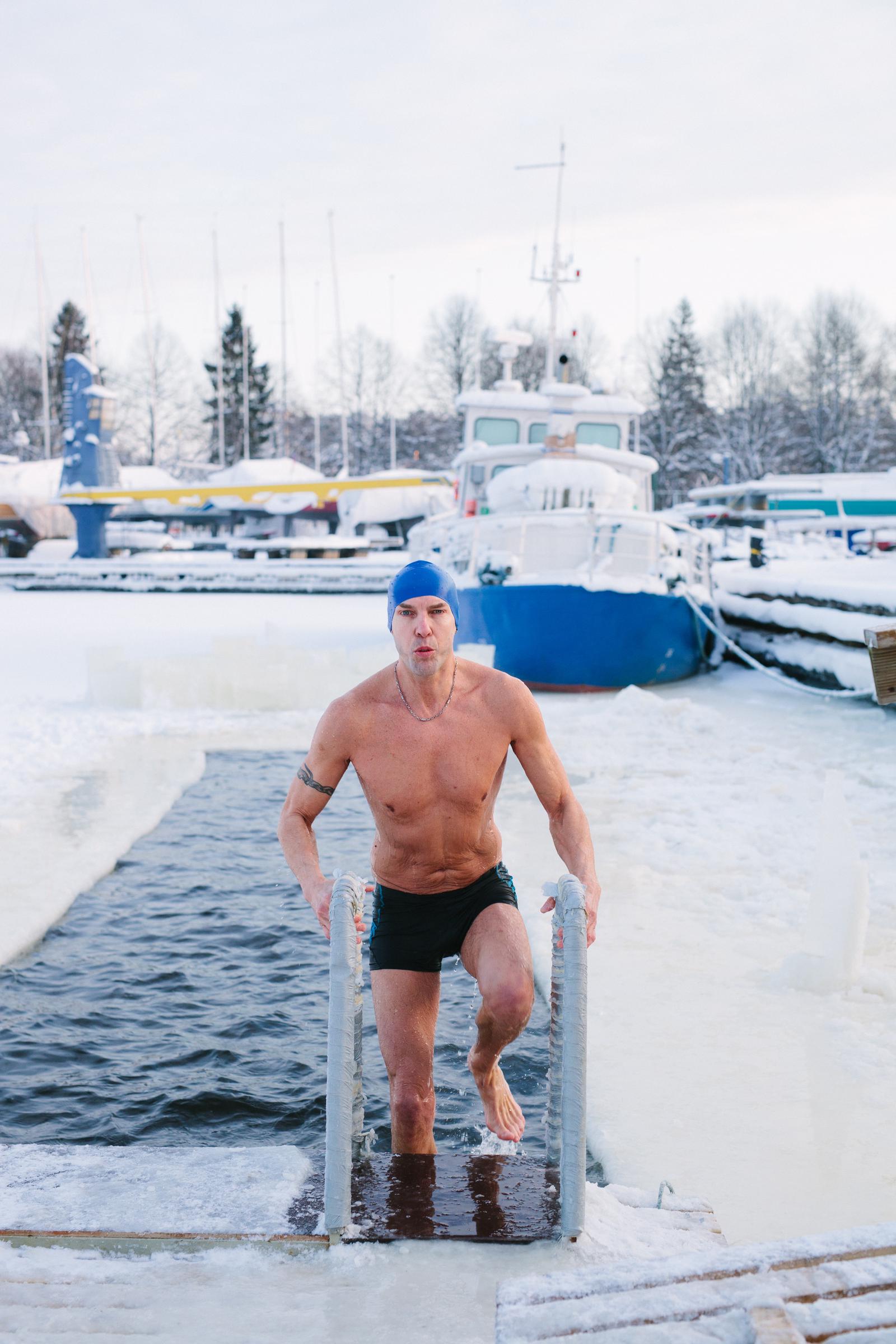
A man coming out of ice cold water | Source: Getty Images
What You Should Be Cautious About
As mentioned earlier, research has shown that cold plunges might not be as beneficial previously thought. Some researchers have highlighted that much of the existing research carries a high risk of bias.
Dr. Rao, a sports cardiologist at Harvard-affiliated Beth Israel Deaconess Medical Center, notes that while cold plunges can help reduce soreness and aid recovery, there’s no clear evidence they improve performance or cardiovascular health.
"I'm pretty cautious about recommending cold-water therapy, especially because the reasons for doing it can be much better served with other interventions, such as exercise," he tells Harvard Health Publishing.
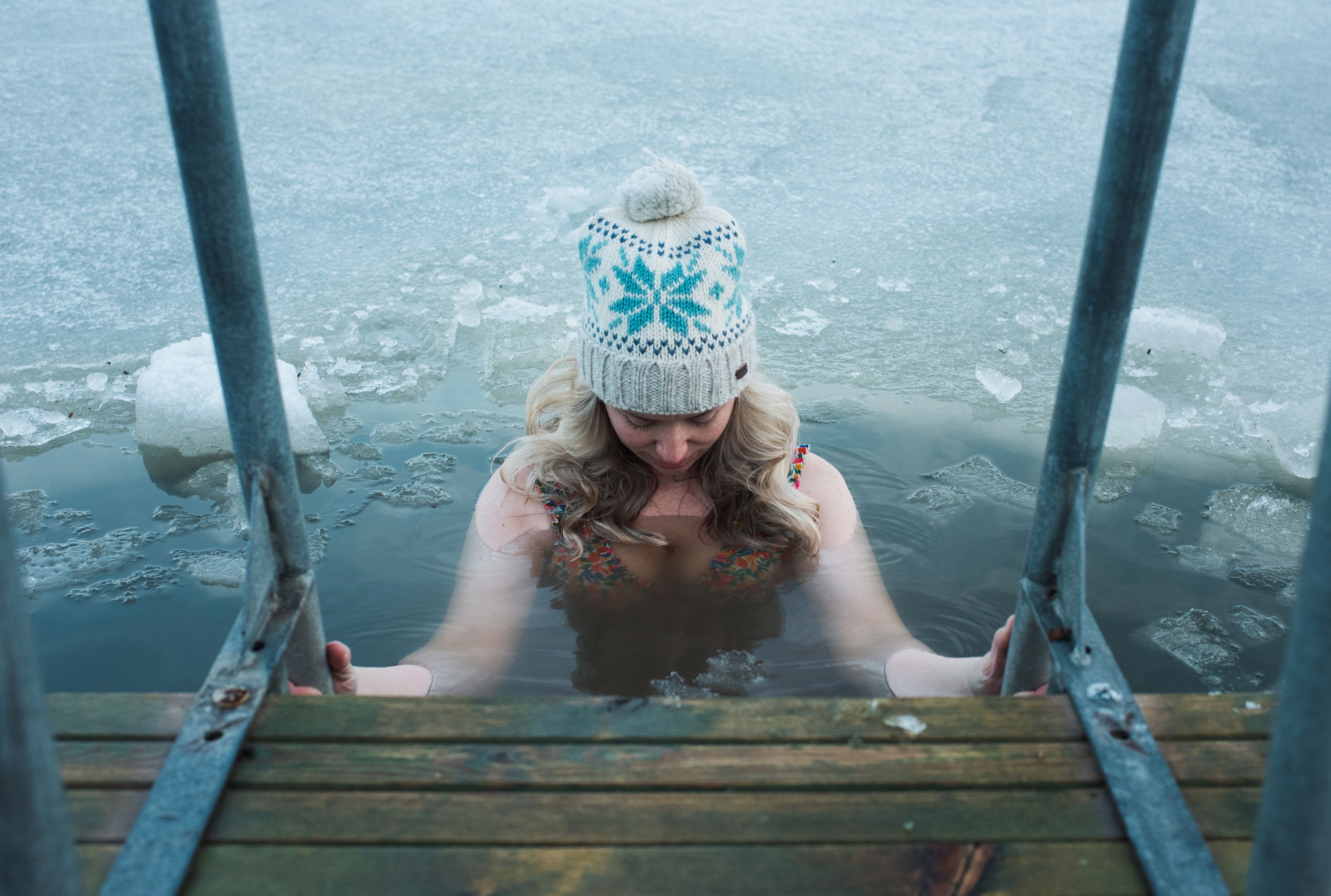
A woman swimming in the frozen Baltic sea | Source: Getty Images
"In fact, the little evidence we have suggests that post-exercise cold therapy may have detrimental effects on gains in muscle power and strength," he adds. Cold plunges are also generally not recommended for people with underlying conditions like heart disease and diabetes.
And even without an underlying condition, improper cold plunges can pose several risks, including hypothermia, skin and nerve damage, breathing difficulties, cardiovascular stress, numbness and loss of motor control, and more, and even drowning.
While cold plunges can offer some refreshing benefits, they’re not a one-size-fits-all solution. If you decide to try them, start slow, listen to your body, and consult a healthcare professional if you have any medical conditions. Ultimately, the key to wellness lies in balance — not just in how cold the water is.
The information in this article is not intended or implied to be a substitute for professional medical advice, diagnosis or treatment. All content, including text, and images contained on WomanlyLive.com, or available through WomanlyLive.com is for general information purposes only. WomanlyLive.com does not take responsibility for any action taken as a result of reading this article. Before undertaking any course of treatment please consult with your healthcare provider.
